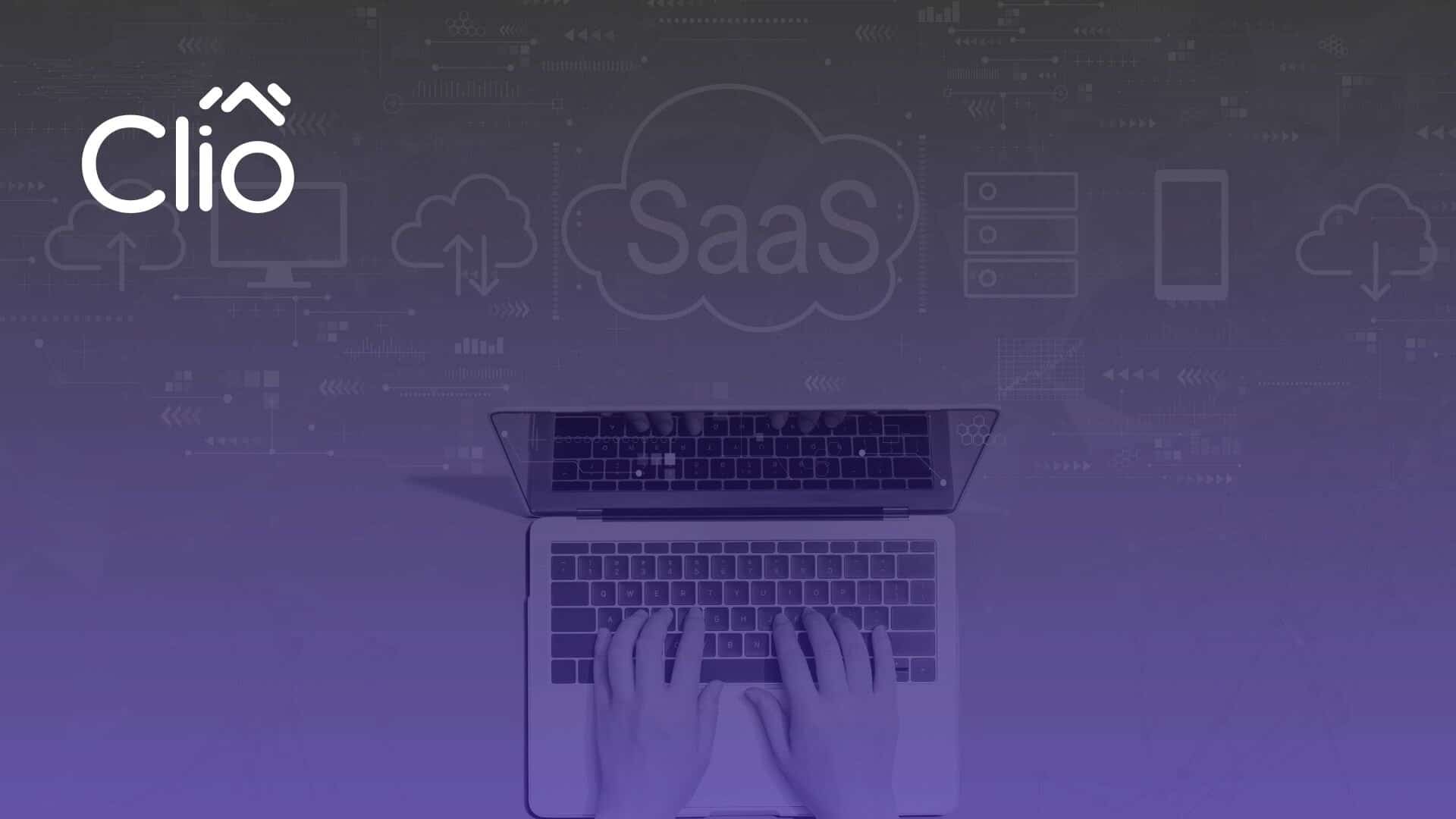Quick Summary
This guide breaks down the real cost of building a SaaS website, from small startup sites to complex enterprise builds. Covering key factors like design, content, integrations, and ongoing maintenance. Even if you’re budgeting for an MVP or scaling up, you’ll find practical tips to spend smarter. Check our blog for more valuable web development and optimization insights.
What Does It Cost to Build a SaaS Website?
Launching a SaaS product requires more than just the idea; you need a website that sells it. But building a SaaS website is not a one-size-fits-all project. Costs can vary considerably from a few thousand to tens of thousands, depending on a few important factors.
From simple landing pages to full-scale web apps with integrations, the scope of a SaaS website directly impacts the final cost. Plus, the design, development, maintenance, and scalability all factor into the final numbers.
In this Clio guide, we break down the actual cost of a SaaS website so you can plan confidently and avoid surprises while building a website that actually grows your business.
Why Listen to Us?
At Clio Websites, we’ve helped over 300 businesses, including SaaS companies around the world, design high-performing, scalable websites that drive visibility and sales. With deep expertise in website design, maintenance, development, branding, and SEO, we know what it takes to build a SaaS site that works, and what it really costs.
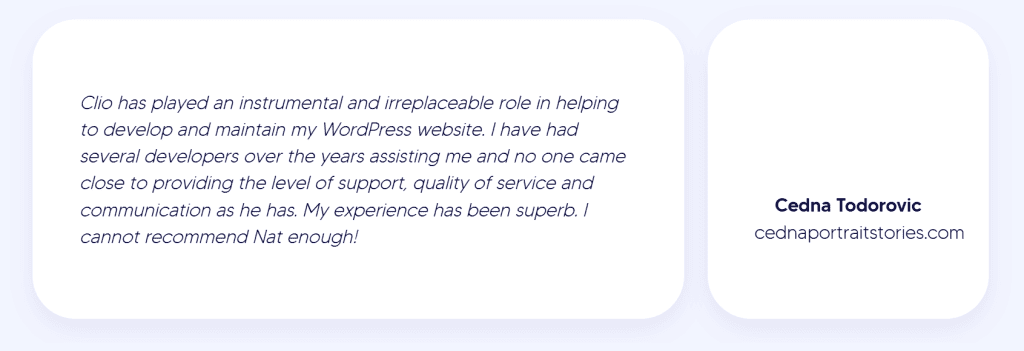
What is a SaaS Website?
A SaaS website is a platform for a Software as a Service (SaaS) company. It serves as both a marketing tool and a functional gateway for users to access the software. The primary role of the website is to promote the SaaS product and provide potential customers with detailed information about its features, benefits, and pricing.
Additionally, it enables users to sign up, subscribe, and often access a trial version of the software.

A typical SaaS website comprises the following elements:
- Purpose-driven design: Every design element supports conversions, guides onboarding, and reflects the brand’s identity.
- Core pages: Essential pages include a homepage, pricing page, signup/login, dashboard, support, and feature overviews.
- Technical foundation: A solid build includes a responsive frontend, reliable backend, CMS for updates, and third-party integrations like Stripe or CRMs.
All these moving parts influence not only how your SaaS website functions, but also how much it costs to build and maintain. That’s why understanding the full scope of SaaS website cost is essential before investing.
Why Understanding SaaS Website Cost Matters
A SaaS website is a major project for most startups and companies. Having the full picture of the cost implication of building one helps to:
- Plan Your Budget Confidently: Avoid underestimating essential areas like design, development, and integrations.
- Make Smarter Trade-offs: Find the right balance between features, speed, and cost based on your priorities.
- Choose the Right Development Partner: Be clear on what you’re paying for when comparing freelancers, agencies, or in-house teams.
- Allocate Resources Where It Counts: Invest in areas that drive growth and conversions.
- Prepare for Future Scalability: Build a site that grows with your product, so you won’t need a major overhaul in six months.
Knowing the actual cost sets the foundation for building a high-impact SaaS website without budget regrets.
Key Factors Influencing SaaS Website Cost
1. Project Scope (MVP vs Full-Featured Site)
The biggest factor affecting the cost is the scale of your project. An MVP site typically includes only a few essential pages and limited functionality, whereas a full-featured SaaS website may include advanced flows, dashboards, and custom components.
For example, the ADU website is an MVP SaaS website with just the homepage, pricing, partners, and contact pages.
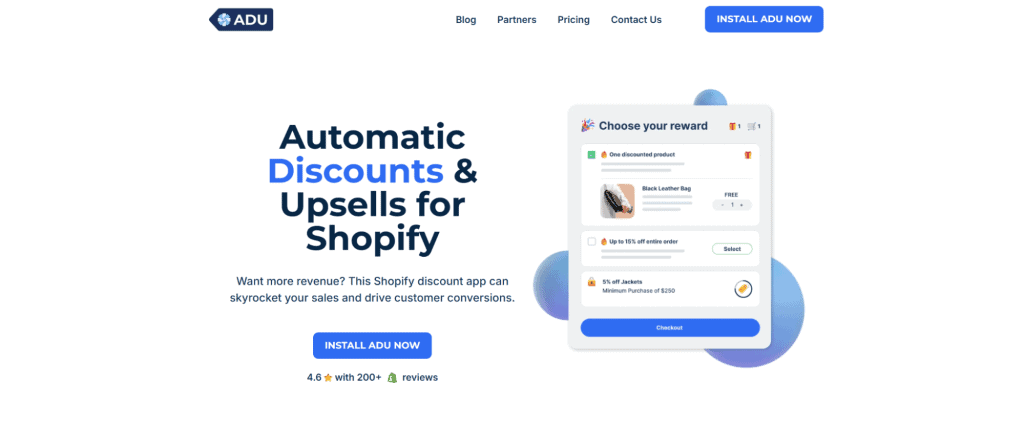
In contrast, the Circleback website is a full-featured SaaS website with advanced features that allow users to access the software directly from the website.
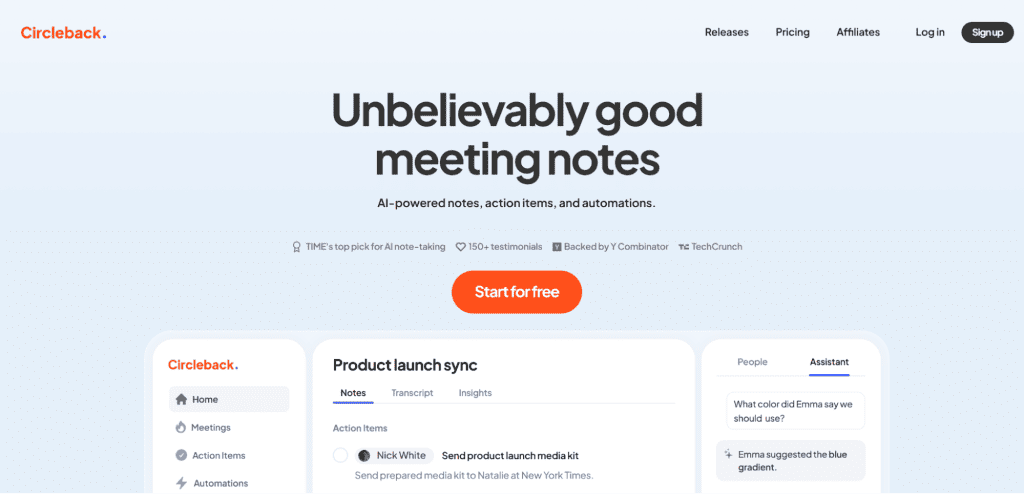
The key differences include:
- Page count and content depth
- Level of user interaction
- Integrations and backend features
2. Custom Design vs Templates
Using pre-built templates can reduce both time and budget, but may limit brand expression and performance optimization. On the other hand, custom design ensures everything from layout to interactions, is personalized to your goals and identity.
When making a choice, consider:
- Templates are faster and cheaper but offer less flexibility
- Custom SaaS website design adds uniqueness and often converts better
- Hybrid approaches (template base + custom hero sections or CTAs) are common
3. Pages, Components, and Content Strategy
The number of pages and custom components directly affects cost. A basic site with 5–7 pages will cost less than a full SaaS marketing site with 15–20+ pages and interactive elements.
Additionally, pages are only as strong as the messaging they deliver. Clear, interesting copy improves user understanding and drives conversions.
Effective content strategy typically includes:
- Homepage messaging framework
- CTA and button copy
- SEO-optimized headings and metadata
Depending on the number of pages, expect to invest $1000—$5000+ in professional content across your site.
4. Animation, Interactivity, and Visual Assets
Exceptional visuals and subtle motion can enhance engagement greatly but also increase build time and cost.
Enhancements may include:
- Scroll-triggered animations and illustrations
- Product mockups or explainer videos
- Interactive product demos or feature previews
Simple hover effects are relatively easy to implement, while advanced animations or 3D elements require specialized front-end development skills and command higher costs.
5. SEO and Performance Optimization
Even the best-designed site won’t succeed if it loads slowly or ranks poorly. SEO and performance optimization are essential for visibility and conversions.
Core enhancements include:
- Mobile responsiveness
- Technical SEO (structured data, meta tags, semantic HTML)
- Speed improvements (lazy loading, image compression, caching)
These features add to development time and budget but yield long-term ROI through improved traffic and engagement.
6. Backend Complexity and Integrations (CRMs, Auth, Analytics)
While some SaaS websites are front end only, many require backend systems and third-party integrations. This level of web development increases both complexity and cost.
Common integrations include:
- Stripe or PayPal for payments
- HubSpot or Salesforce for CRM and lead capture
- Auth0 or Firebase for authentication
- Mixpanel or GA4 for analytics tracking
The more integrations and backend workflows you require, the higher the technical lift—and the greater the development cost.
SaaS Website Cost by Development Approach
1. In-House Team
Hiring an internal team gives you full control over design, development, and iteration speed. However, it’s the most expensive option due to salaries, benefits, and overhead.

Best For:
Established SaaS companies with ongoing product development needs and the resources to build a full in-house team.
Pros
- Direct collaboration and communication
- Deep product knowledge over time
- Fast iteration cycles
Cons
- High long-term cost
- Requires ongoing management
- Difficult to scale quickly
Estimated Cost
Building a SaaS website using an in-house team may cost $150,000-$300,000+ per year (including salaries for the designer, developer, and PM).
2. Freelancers
Freelancers are a flexible and cost-effective option for smaller SaaS sites or early-stage MVPs. They are ideal if you have clear specs and can manage the project yourself.
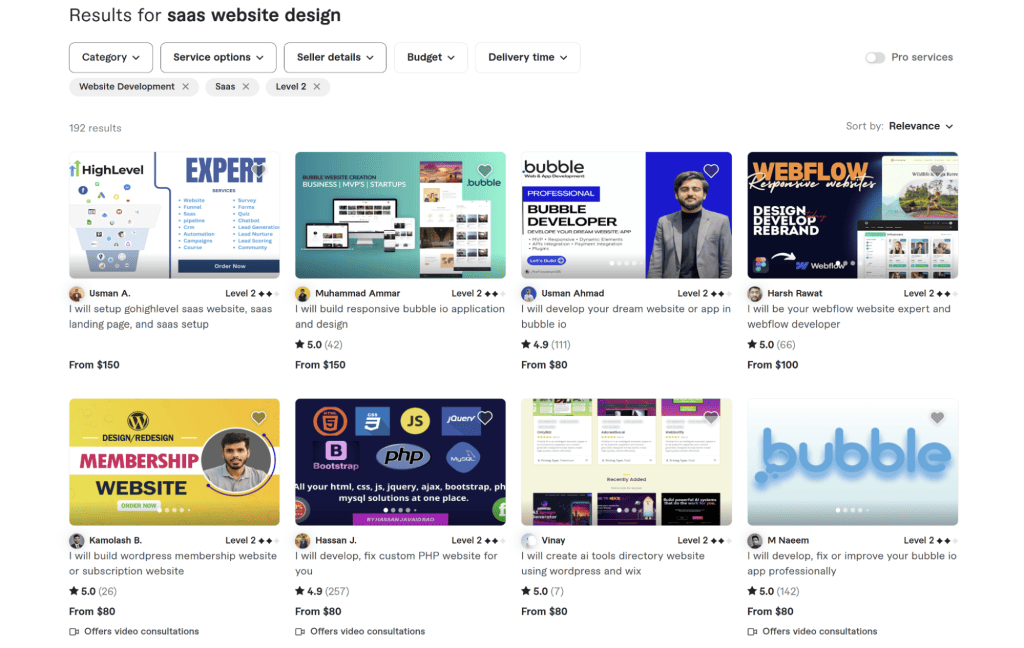
Source: Fiverr
Best For:
Early-stage startups with a limited budget and internal capability to manage freelancers directly.
Pros
- Lower upfront costs
- Specialized skillsets (e.g., UX, animation, SEO)
- Scalable depending on the need
Cons
- Varying quality and availability
- Requires active management and coordination
- Limited scalability for large builds
Estimated Cost
Building a SaaS website using a freelancer may cost $3000 – $15,000+, depending on the site scope and the fee per hour based on the freelancer’s experience.
3. No-Code or Low-Code Solutions
Platforms like Webflow, Framer, and Wix Studio enable faster website deployment with lower development costs, especially for marketing sites or MVPs.
Best For:
Startups launching a simple marketing site or MVP quickly, especially without internal dev resources.
Pros
- Fast launch and lower build cost
- Easier to maintain and update
- Ideal for non-technical founders
Cons
- Limited customization for complex features
- Not always scalable for long-term growth
- May require workarounds for integrations
Estimated Cost
Building a SaaS website using low-code solutions may cost up to $2000–$8000+ depending on the platform, design needs, and who’s building it.
4. Design and Dev Agencies
Agencies provide an all-in-one service strategy, design, development, content, and SEO. They’re great for companies looking for high-quality output without managing multiple vendors.
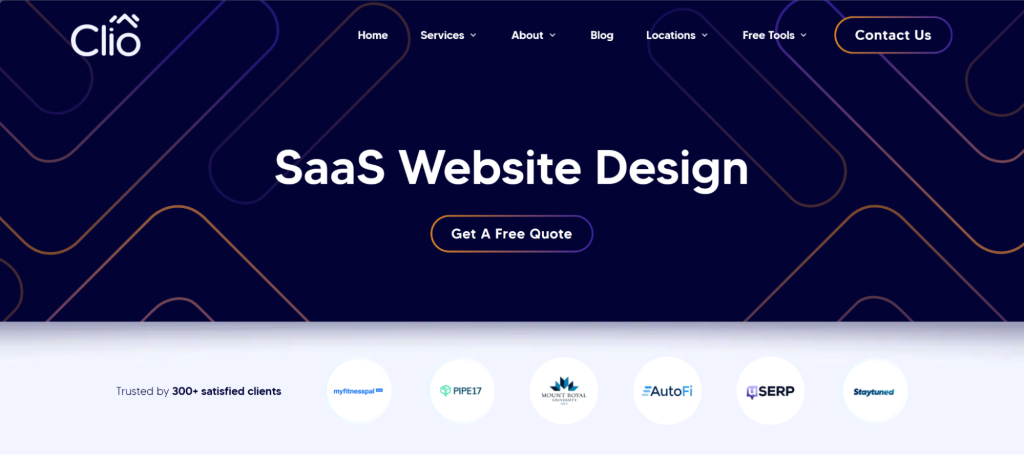
Best For:
Growth-stage SaaS companies that need professional execution and want to outsource with minimal oversight.
Pros
- Proven processes and teams
- Access to multiple specialists
- Typically faster and more reliable than freelancers
Cons
- Higher upfront cost
Estimated Cost
Depending on the size of the agency and the complexity of the project, you can spend up to $3000-$50,000+ hiring an agency to develop a SaaS website.
Typical Cost Ranges
1. Small Startup (Basic Marketing Site)
This type of SaaS website is ideal for early-stage startups aiming to get online quickly with a simple but professional site. It usually includes:
- 3–5 core pages (e.g., homepage, pricing, about, contact)
- Light branding and use of templates
- Minimal or no backend functionality
Cost Breakdown
The total estimated cost for a small startup SaaS website is $3,000–$6,000 and includes:
- Design & Development ($2,000–$4,000): Covers basic layout setup, page design, and template customization.
- Content Creation ($500–$1,000): Includes writing homepage copy, headlines, and basic SEO-friendly text.
- Domain & Hosting ($100–$200/year): Pays for annual domain registration and basic shared or no-code hosting.
- SEO & Basic Marketing Setup ($500–$1,000): Covers setup of meta tags, Google Analytics, performance tweaks, and site indexing.
2. Mid-Size SaaS (Custom Site with Integrations)
This type of website suits growing SaaS companies that need a polished, conversion-focused site with moderate complexity and key business integrations. It usually includes:
- 8–15 custom-designed pages
- Integration with tools like CRMs, analytics, email marketing, or payment platforms
- Responsive layout, performance optimization, and basic backend features
Cost Breakdown
The total estimated cost for a mid-size SaaS website is $12,000–$24,000 and includes:
- Custom Design & Development ($8,000–$15,000): Includes page-by-page design, front-end development, responsive layout, and visual asset creation.
- Content Strategy & Copywriting ($2,000–$4,000): Covers messaging strategy, full-page content, CTAs, and SEO-optimized copy.
- Third-Party Integrations ($1,500–$3,000): Involves connecting CRM tools, analytics platforms, forms, or payment gateways.
- Domain & Hosting ($200 – $500/year): Covers higher-tier CMS platforms, premium cloud hosting, and domain management.
- SEO & Performance Optimization ($1,000–$2,000): Includes mobile optimization, schema setup, performance tuning, and an initial SEO audit.
3. Enterprise-Grade SaaS (Scalable, Secure, Complex)
This level is designed for mature SaaS businesses with high traffic, multiple user types, advanced functionality, and a strong focus on performance, scalability, and security. It usually includes:
- 15–30+ highly customized pages
- Advanced user flows, role-based access, and backend complexity
- Deep integrations with billing, auth, CRM, analytics, and infrastructure tools
- Emphasis on security, compliance, and performance
Cost Breakdown
The total estimated cost for an enterprise-grade SaaS website is $36,000–$73,000 and includes:
- Advanced Design & Development ($20,000–$40,000): Covers interactive UI/UX, complex page structures, illustrations, animations, and custom components.
- Comprehensive Content Creation ($5,000–$10,000): Full messaging framework, long-form content, conversion copy, and multi-audience targeting.
- Complex Integrations & Backend Logic ($5,000–$10,000): Includes API connections, user management systems, dashboards, and payment processing.
- Scalable Hosting & Infrastructure ($1,000–$2,000/year): Cloud infrastructure with CDN, server monitoring, uptime SLAs, and scaling capabilities.
- Security Features & Compliance ($2,000–$5,000): SSL, firewall setup, GDPR/SOC2 compliance, data protection protocols.
- SEO, Performance & Accessibility ($3,000–$6,000): Deep SEO strategy, WCAG accessibility, page speed improvements, and technical audits.
4. Ongoing Costs: Maintenance, Hosting, Updates
Ongoing costs are necessary to keep your SaaS website secure, fast, and evolving as your product and market grow. These costs vary based on your site’s complexity and growth stage. They usually include:
- Regular site maintenance and content updates
- Hosting and infrastructure fees
- Continuous improvements, optimization, and support
Cost Breakdown
The total estimated monthly cost for ongoing maintenance and growth is $250–$3,000+ and includes:
- Maintenance & Support ($100–$500/month): Covers bug fixes, minor content changes, plugin updates, and uptime monitoring.
- Hosting & Infrastructure ($20–$200/month): Includes cloud hosting, CDN services, SSL certificates, and bandwidth costs.
- Ongoing Improvements ($500–$2,000+/month): Budget for CRO, A/B testing, feature additions, UX updates, and SEO enhancements.
- Security & Compliance Monitoring ($100–$300/month): Optional services like vulnerability scans, backups, and compliance monitoring for enterprise sites.
Best Practices to Minimize Your SaaS Website Cost
Building a SaaS website doesn’t have to break the bank. Here are proven strategies to help you plan smartly and launch a high-impact site while staying within budget:
- Set Realistic Expectations: Focus on what your website needs to achieve now and not everything it might need in the future.
- Prioritize Key Features and Pages: Start with the essential pages, such as the homepage, pricing, and signup flow, ensuring they align with your immediate business goals.
- Use a Phase-Based Rollout Strategy: Begin with a minimal viable product (MVP) and progressively build upon it, adding more features as your product evolves and your audience grows.
- Avoid Common Budget Pitfalls: Prevent scope creep by defining goals early, keeping feedback loops short, and avoiding over-customization.
- Work with a SaaS Website Development Company: An experienced team can streamline the process, avoid rework, and deliver faster, better results. Our comprehensive SaaS website design solution helps SaaS companies launch fast, convert more, and grow confidently.
Reinforce Your SaaS Website Design with Clio Websites
Building a SaaS website isn’t just a technical project, it’s a business decision. From design and content to functionality and cost, making the right choices early on sets you up for long-term growth. If you want a partner who gets that, Clio can help.
Clio Websites can help you create a SaaS website that not only looks great but also drives meaningful results. We will work with you to build a fast, scalable, and user-friendly site that aligns with your business goals, all while ensuring efficient use of your budget.
Let’s build something great together. Contact us today!
